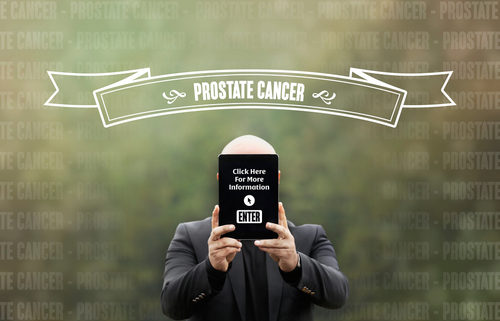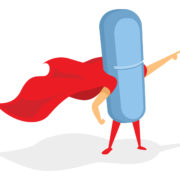ADT and Prostate Cancer: Who Really Needs It?
Part One of Four
The only people who really like androgen deprivation therapy (also called ADT, or hormonal therapy) are the drug companies that make billions of dollars a year selling the drugs. Doctors don’t like it, and men don’t like being on these drugs. So why do it? There are few specific situations when ADT therapy is the right thing to do. These are the most common:
* Intermediate-risk men who are given six months of ADT plus external-beam radiation;
* High-risk men who are getting radiation therapy. This is a finite course of ADT, and this combination – two or three years of ADT plus external-beam radiation – has been proven to cure cancer in many men.
* Men with metastatic prostate cancer. ADT can make a big difference in these men, in relieving their symptoms and dramatically improving their quality of life. It can also extend life – some men have been on ADT for 20 years and are still going strong.
Who should not get ADT? Anybody else with prostate cancer. If you just have a rising PSA after radiation therapy or radical prostatectomy, that is not a good enough reason for a doctor to put you on ADT. If your doctor wants to put you on ADT to “shrink your prostate” before brachytherapy, that’s not a good enough reason.
ADT has never been shown to extend life if it’s given too soon, as opposed to taking it when you need it. Johns Hopkins urologist Patrick Walsh, M.D., with whom I have written several books on prostate cancer, has been saying this for many years.
Why not just start ADT? At least it’s doing something, rather than sitting around waiting for the cancer to spread. Well, that sounds good. Please refer to the previous paragraph, and read that first sentence again. Now, if you have a rising PSA, there are other things you can do that may help a lot. These include:
- Salvage surgery or radiation, if your doctor thinks the cancer is still confined to the “prostate bed,” the area around the prostate. (Note: In this case, if you get salvage radiation, your radiation oncologist may want to put you on a limited course of ADT, which is one of the two specific acceptable situations for ADT; see above.)
- Immunotherapy; a vaccine such as Provenge, designed to boost your body’s ability to fight off the cancer.
- Early chemotherapy.
- A clinical trial testing a promising new drug.
- Treatment for oligometastasis. Cancer may only be in a lymph node or in a few spots in the bone, and doctors are now treating this. It may still be possible to cure your cancer. I will be writing more about this in future posts.
Don’t get me wrong: I’m not hating on ADT. If you need it, you need it. But it’s not just like taking a vitamin supplement or getting a flu shot. There are serious side effects with long-term ADT – things that testosterone normally helps protect you from – including thinning of bones, loss of muscle mass, weight gain, loss of libido, hot flashes, mood changes, depression and the risk of cognitive impairment.
Coming up next: ADT and metabolic syndrome, and how to fight it.
In addition to the book, I have written about this story and much more about prostate cancer on the Prostate Cancer Foundation’s website, pcf.org. The stories I’ve written are under the categories, “Understanding Prostate Cancer,” and “For Patients.” As Patrick Walsh and I have said for years in our books, Knowledge is power: Saving your life may start with you going to the doctor, and knowing the right questions to ask. I hope all men will put prostate cancer on their radar. Get a baseline PSA blood test in your early 40s, and if you are of African descent, or if cancer and/or prostate cancer runs in your family, you need to be screened regularly for the disease. Many doctors don’t do this, so it’s up to you to ask for it.
©Janet Farrar Worthington









Leave a Reply
Want to join the discussion?Feel free to contribute!